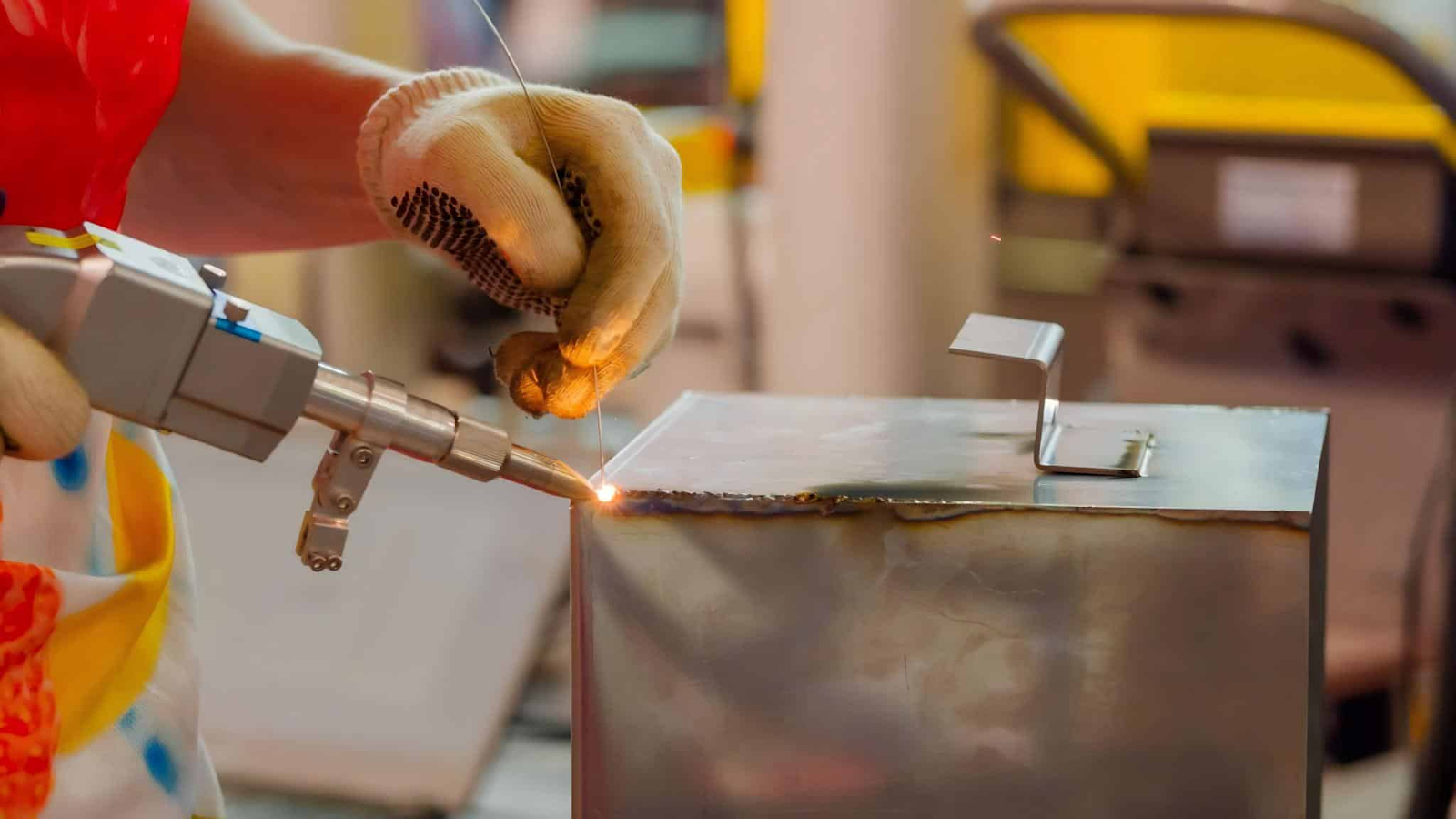Business owners face significant challenges when planning their exit strategy. Many seek solutions that secure their financial future while maintaining their company’s legacy. Employee Ownership Trusts (EOTs) offer a succession path that benefits owners and employees alike.
The Fundamentals of EOT Succession Planning
Employee Ownership Trusts create a structure where employees gain control of a business through a trust arrangement. The trust buys shares from existing owners, who receive payment for their stake. This differs from traditional sales or management buyouts by focusing on collective employee ownership rather than individual shareholders.
The EOT structure requires careful planning to succeed. Business valuation forms the foundation of any transaction. Tax considerations also play a crucial role, as EOT transactions offer specific tax advantages under UK law. Business owners benefit from these incentives while creating a sustainable future for their company.
Working with EOT experts for business succession planning helps you address these complex requirements. These specialists guide you through valuation, legal documentation, financing arrangements, and governance structures. Their expertise ensures the transition proceeds smoothly while maximising benefits for all parties.
Financial Benefits for Exiting Business Owners
The financial advantages of EOT transitions attract many business owners considering succession options. Under current UK tax regulations, owners selling a controlling interest to an EOT may qualify for Capital Gains Tax relief on the sale proceeds. This tax advantage applies when specific conditions are met regarding the percentage of shares transferred.
Payment structures typically involve initial consideration followed by deferred payments over time. The deferred payment model reduces financial strain on the company while providing you with ongoing income.
Cash flow management becomes critical during and after the transition. The business must balance purchase payments with operational needs and investment requirements. Financial planning ensures your company remains stable throughout this process, preventing disruptions that could harm its long-term value.
Employee Engagement and Business Continuity
EOT transactions preserve institutional knowledge and expertise within your company. Employees who understand company operations take ownership stakes, maintaining continuity in business relationships and operational processes. This reduces disruption compared to external sales, where new owners might implement substantial changes.
The ownership structure incentivises employees to contribute to the company’s success. When your staff members benefit directly from business performance through profit sharing or similar arrangements, productivity and innovation often increase. This alignment of interests creates a positive workplace culture focused on sustainable growth.
Leadership development becomes essential in EOT-owned businesses. You must identify and prepare future leaders to guide the organisation. Succession planning extends beyond ownership transition to include management roles throughout your organisation, ensuring long-term stability and growth potential.
Implementation Challenges and Solutions
Business valuation presents a common challenge in EOT transactions. Determining fair value requires balancing your expectations with business affordability. Independent valuations help establish reasonable pricing that satisfies you while ensuring the transaction remains viable for the company’s future.
Financing the purchase requires careful planning. Options include vendor loans, external financing, or company reserves. Each approach has different implications for transaction structure and future company operations. Finding the right balance protects company stability while meeting your requirements.
Governance structures must evolve to accommodate employee ownership. New decision-making processes, board structures, and reporting relationships develop as your company transitions.
Post-Transition Management and Growth
After completing the EOT transaction, your company enters an adaptation phase. Leadership structures may change as employee representatives join boards or management teams. Communication processes evolve to include greater transparency and employee input. These changes require adjustment time for all stakeholders.
Strategic planning takes on new dimensions in employee-owned businesses. You must balance short-term performance with long-term sustainability. Investment decisions consider broader stakeholder interests rather than focusing solely on shareholder returns.
Performance management systems adapt to reflect collective ownership. Profit-sharing arrangements, bonus structures, and recognition programs align with company values and objectives. These systems reinforce the connection between individual contributions and overall business success, strengthening the employee ownership culture.
Legal Compliance and Ongoing Support
EOT structures must comply with specific legal requirements to maintain their status and tax advantages. Regular reviews ensure continued compliance with trust regulations, employment laws, and tax provisions. Documentation requires careful maintenance and updates as regulations change over time.
Employee communication plays a vital role in successful transitions. Your staff members need to understand how the EOT works, their rights and responsibilities, and their impact on daily operations. Clear communication prevents misunderstandings and builds support for the new ownership structure.
Regular reviews of trust performance and structure help identify improvement opportunities. As your business evolves, the EOT may require adjustments to meet changing needs. These reviews ensure the ownership structure continues to serve its intended purpose while supporting business objectives.
The succession journey involves complex decisions with long-lasting impacts. EOT structures offer significant advantages when implemented correctly. Expert guidance helps you navigate this process while creating lasting value for all stakeholders.











